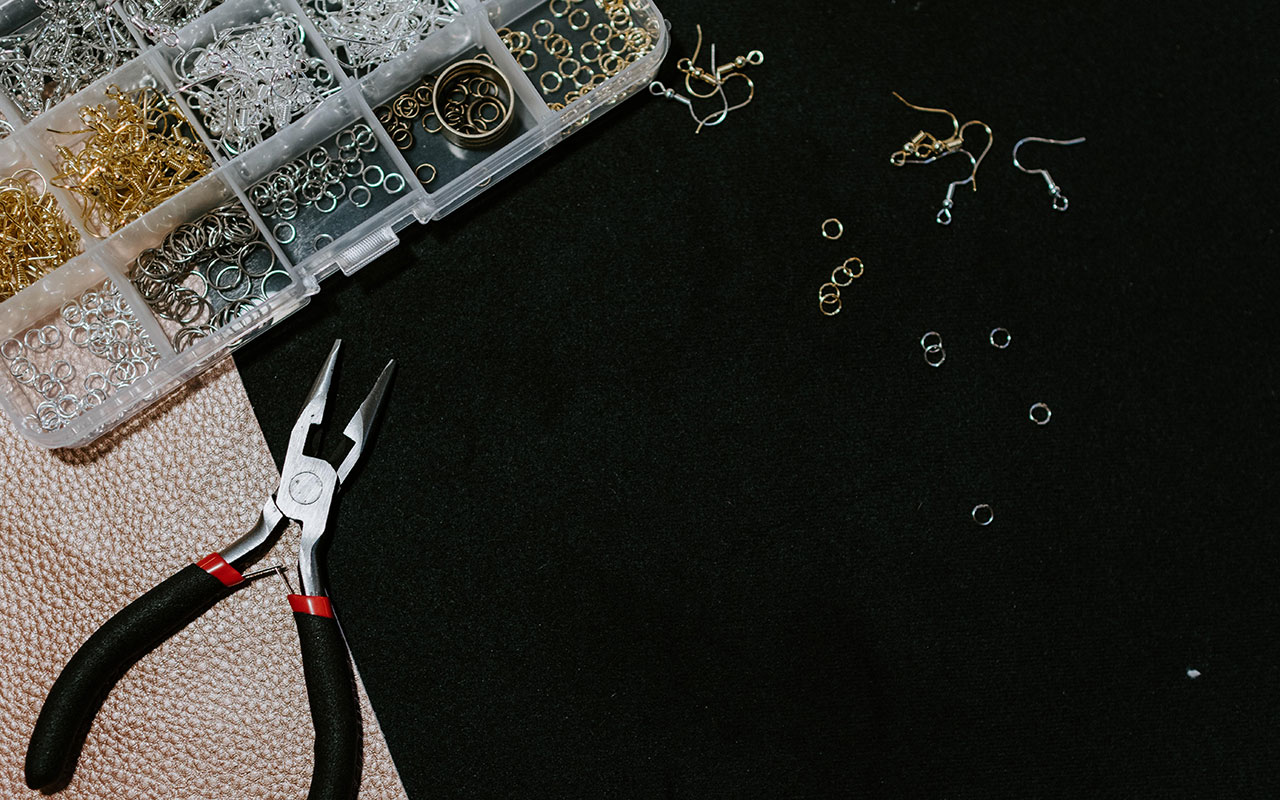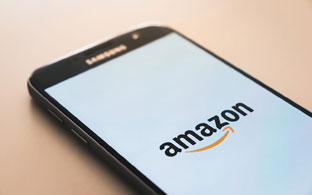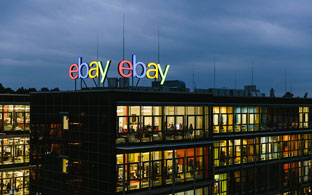Connect Etsy to Shopify: How to Upload Your Products, Synchronize Your Inventory & Prices, and Import Orders
Shopify is one of the world’s most popular shop systems and Etsy is the marketplace for handmade, unique, and vintage goods. Even though the shop system and the online marketplace are said to be in “competition” with each other, and do not work with each other if you look at it from the eyes of an online merchant, nothing could be further from the truth. If you want to quickly and easily open up your Ecommerce shop, you will find the right system in Shopify,but then you still don’t have a single client. However, if you link Shopify to Etsy, you can reach millions of new potential clients, so you can profit from both platforms especially when your products are a match for Etsy’s target customer groups.
If you want to manage your marketplace efficiently, simply uploading your products to Etsy isn’t enough. You would also want your price changes to be submitted to both Shopify and Etsy at the same time. Additionally, you have to think about managing your inventory. With the Etsy to Shopify integration, your inventory should always be synchronized and updated. It helps to manage everything from only one backend within your Shopify shop. You will be able to seamlessly import your Etsy orders to Shopify, as well as update your order statuses such as “sent.”
Ideally, a Shopify Etsy integration should combine all the mentioned features. Usually, all these features can only be managed through various plugins, which just handles one area and takes a lot of time. But we have good news: If you have a Shopify shop, this article will provide you with the plugin solution called magnalister that links all the above-mentioned processes within a single user interface. This reduces your time and effort in managing the Etsy marketplace to a minimum.
LEARN MORE ABOUT MAGNALISTER NOW
It’s “Shopify AND Etsy,” not “Shopify OR Etsy”

The following example best demonstrates the potential of linking Shopify and Etsy:
Let’s say you are manufacturing high-quality handmade jewelry. Up to now, you sell your merchandise in a brick-and-mortar store. But as your customers prefer shopping online, your customers are changing their buying behavior, so you must sell your jewelry online.
Sure, it would be easy to just hand this project to a specialized online agency that creates efficient online shops or online marketing campaigns, such as search engine ads or social media, but you don’t have the $15,000 – $30,000 to get this process started. Also, you do not want to waste any time. The solution that helps save time and money is to create a magnalister account to have one place to manage all of your online shop needs and marketplace connections.
Why Shopify and magnalister? Here are some reasons:
- Shopify is a cloud-based shop system: You don’t have to pay attention to hosting, installing, maintaining or security updates. Registering with Shopify is done within minutes, compared to other shop systems that have to be installed on a server.
- Getting started with Shopify is inexpensive: many newbies start with the Basic Shopify shop option, which currently (as of July 2020) costs $29 per month.
- You don’t need any programming knowledge for Shopify: You can create your shop through a clear user interface and then choose a (free or paid) theme from the Shopify Theme Store
- Shopify offers a variety of plugins: The most important plugins for creating the basics of your shop come already pre-installed such as Shopify Payment or a delivery plugin. The Shopify App Store offers thousands of additional plugins to expand the scope of features, i.e. the magnalister marketplace plugin, which has been recommended by Shopify editors numerous times
- Shopify offers many marketing possibilities: Their own blog system, a Buy Button that can be placed on external websites or by connecting social media platforms such as Facebook or Instagram
Find more information on how to get started with Shopify in this article.
You can easily open an online shop even if you’ve been selling from a brick-and-mortar store all your life and are an Ecommerce newbie.
Let’s say you’re done adding your products to your Shopify shop, decided on their pricing, and started offering them and wondering why aren’t customers shopping? This is the point where most newbie shop owners feel disillusioned. Now your shop is up and running, but your competition (probably even in close proximity to you) is already selling their products in the same category. Your new online shop can not even be found on Google yet. This means that you now have to advertise heavily to get visitors to your shop.
Your expertise however is making jewelry, not online marketing. You don’t necessarily want to learn about various marketing techniques, and you’d prefer an affordable, quick way to gain customers. That’s where online marketplaces come into play. What you can do is choose your marketplace from which you will sell your jewelry wisely. Checking out different shopping portals that target your ideal customers, you as a jewelry maker will quickly discover the platform Etsy.
Etsy is a worldwide marketplace for unique and creative merchandise with currently 31.7 million buyers. With the right products, you can increase sales for your Ecommerce business dramatically. Top categories on Etsy include:
- Jewelry & Accessories, including hats, bags, wallets, necklaces, earrings, rings, bracelets, scarfs, gloves, and many more.
- Clothes & Shoes, including dresses, t-shirts, skirts, jackets, pants, sweaters, swimwear, boots, and many more.
- Home & Living, including home decor, carpets, furniture, bedding, storage, lighting, kitchen utensils, and many more.
- Wedding & Party, including invites, wedding decorations, gifts, accessories, clothes, jewelry, and many more.
- Toys and Entertainment, including baby toys, dolls, games, puzzles, electronics, gadgets, books, calendars, music instruments, and many more.
- Art & Collector’s Items, including prints, photographs, paintings, sculptures, textile art, collector’s items, and many more.
- Material & Tools, including woodworks, DIY, electronics, model making, candles, floristics, and many more.
- Vintage Goods, including used goods whose value has increased throughout the years
Let’s stick with our example: As a jewelry seller, you have many potential customers there are interested in unique and handmade jewelry; therefore your chances of finding buyers for your products increase in this category on Etsy.
But will connecting your Etsy to Shopify pay off financially? The marketplace’s commissions model is very transparent and is great for small and large merchants because it scales with your sales. This means:
- Listing fees: For every article, you upload to Etsy, you pay $0.20. Your merchandise will be active on the marketplace for four months (except you sell them earlier).
- Commission: If you sell your article via Etsy, the marketplace will keep 5% of the price.
- Transaction fees: for the payment process, Etsy additionally charges $0.25 per transaction.
Etsy takes only 5% commission, which is low compared to other known marketplaces. Listing and transaction fees are absolutely reasonable.. Ideally, you calculate these costs into your sales prices.
So, combining Shopify and Etsy is beneficial for you if you
- Want to sell on Etsy in one of the aforementioned categories
- Start your own online shop with little money and not too much time commitment
- Looking for an efficient alternative to market your online shop
Now there’s only one final question left to answer: why should you even open your own Shopify shop if you generate your first sales via Etsy? Having your own shop makes you independent from other marketplaces. Consistent marketplace commissions are an exception and when worst comes to worst, the marketplace completely disappears within the shortest amount of time, such as DaWanda (which Etsy acquired, fortunately).
Depending too much on one marketplace is never advisable. Merchants that count on their own shop system not only have an independent sales channel over which they have 100% control, but they can also connect to various other online marketplaces, such as Amazon, eBay, Kaufland.de, METRO and more. With a corresponding plugin solution such as magnalister, you can connect the largest national and international marketplaces within minutes to your Shopify shop and manage everything centrally from your shop backend.
Link Etsy to Shopify: the magnalister marketplace plugin for Shopify

Now that you know that integrating Etsy to your Shopify shop will most likely pay off, you want to find out what the best way to do this is the magnalister Shopify app. Within just a few minutes, you can install and activate this plugin including the Etsy connection to your shopify store.
For starters, the plugin doesn’t cost anything to try out because you can get a 30 day free trial of the magnalister plugin with all its features. That will make it even easier for you to get started or connect your Etsy marketplace.
And if selling on Etsy is not enough and you want to offer your products on more online shopping portals, the magnalister plugin offers you a huge selection of the world’s leading marketplaces such as Amazon or eBay and nationally important channels such as Kaufland.de, Ricardo (Switzerland), or Cdiscount (France).
GET YOUR FREE 30 DAY TRIAL OF MAGNALISTER NOW
We will explain magnalister’s core features when connecting to Etsy and also to many other marketplaces:
1. Product upload: upload your articles directly from Shopify to Etsy and many more marketplaces
- Upload single products or whole categories
- Product individualization before submitting (i.e. title, description, images)
- Clear overview of all products meant for Etsy in the Upload tab
2. Price synchronization: submit prices fully automated or individually from Shopify to Etsy
- Automatic synchronization of current article prices from Shopify to Etsy
- Different prices for Etsy via percentual or fixed price surcharges or discounts
3. Synchronize inventory: inventory management between Shopify and Etsy
- Synchronize your shop inventory automatically with Etsy
- If you receive an order in your Shopify shop, your inventory on Etsy is reduced by one
- If you receive an order via Etsy, your inventory in the Shopify shop is reduced by one
- Your database is within the shop system, which means your merchandise management that is connected to Shopify can be synchronized
- magnalister plugin lets you deactivate inventory synchronization
4. Automatic order import: Import Etsy orders to Shopify and manage them
- Orders from Etsy are submitted to Shopify
- The Etsy order ID is also imported, which means orders can be assigned better and selected
- Import of delivery and payment method
- Email templates to contact customers directly and let them know about their order status
5. Order Status synchronization: submit order status from Shopify to Etsy (i.e. sent)
- Submit order status changes such as “sent” or “canceled” to buyers from Etsy automatically
- Tracking information, delivery service, and tracking code are provided
6. Customize plugin: the magnalister plugin can be adjusted to your wishes
- I.e. individualized product description or your own fields in the order information when orders are imported
- Note: You need programming knowledge to use hook points
Learn more about magnalister’s core features, how to install our Shopify app, which marketplaces you can currently connect, and how our magnalister team supports you in case you have any questions.

